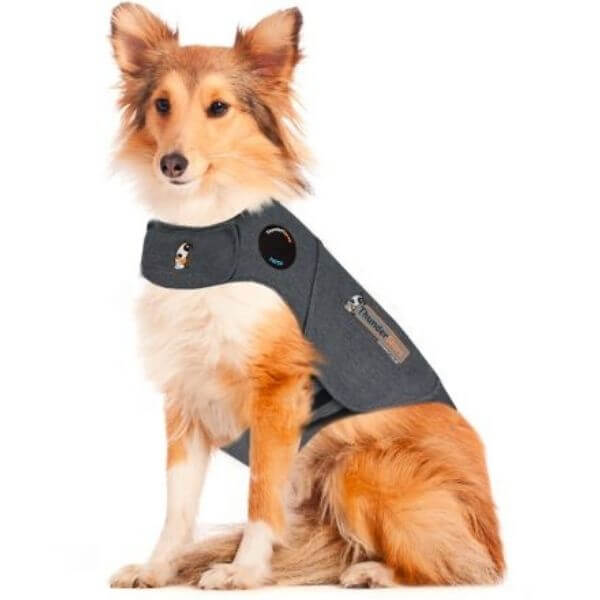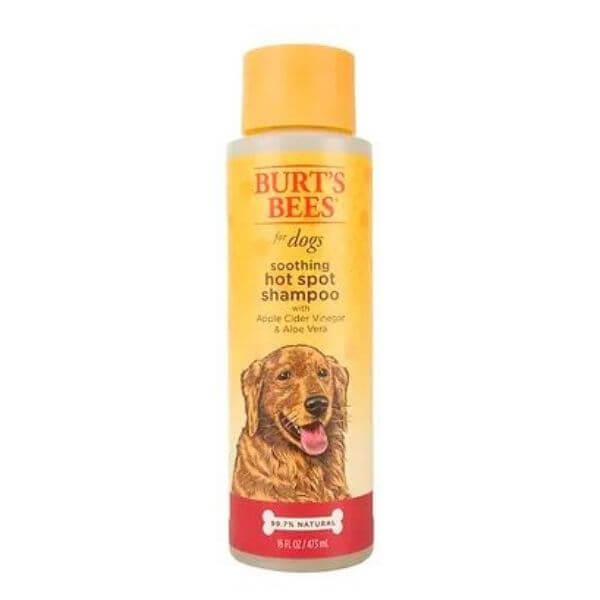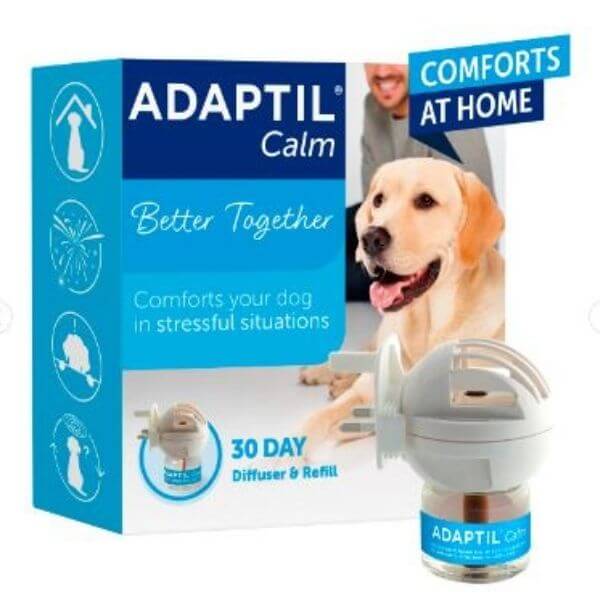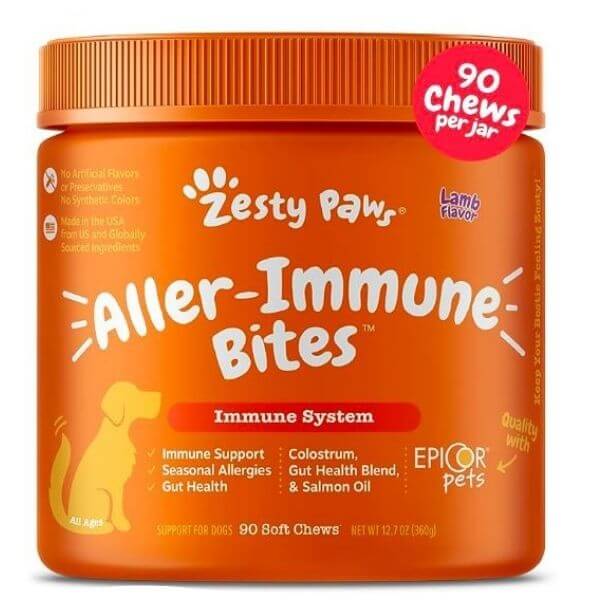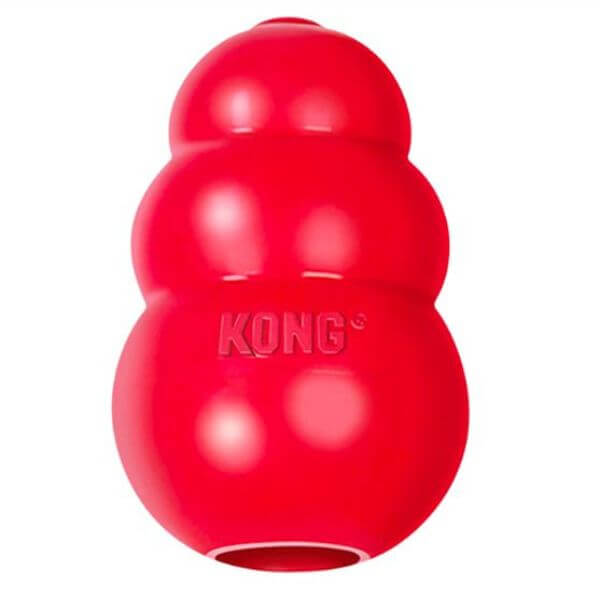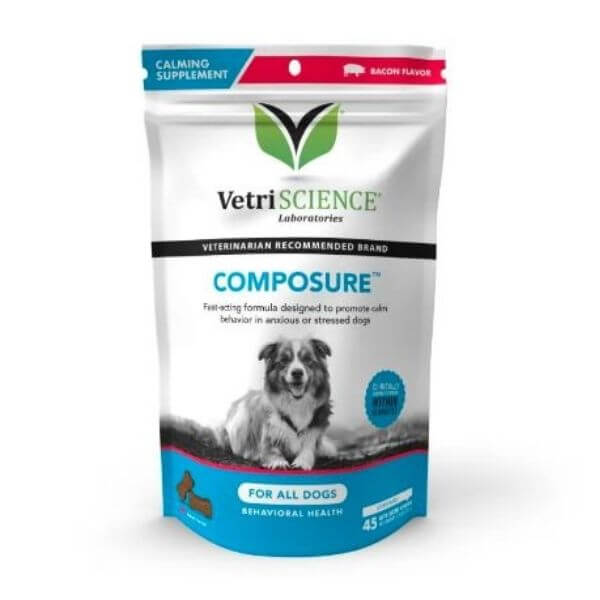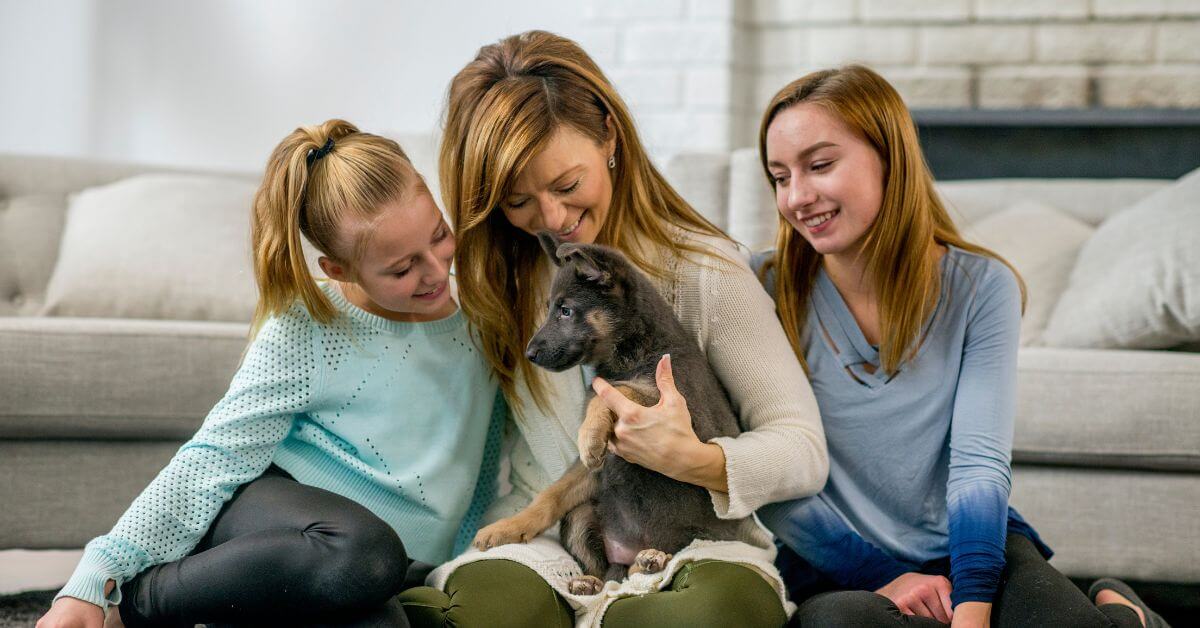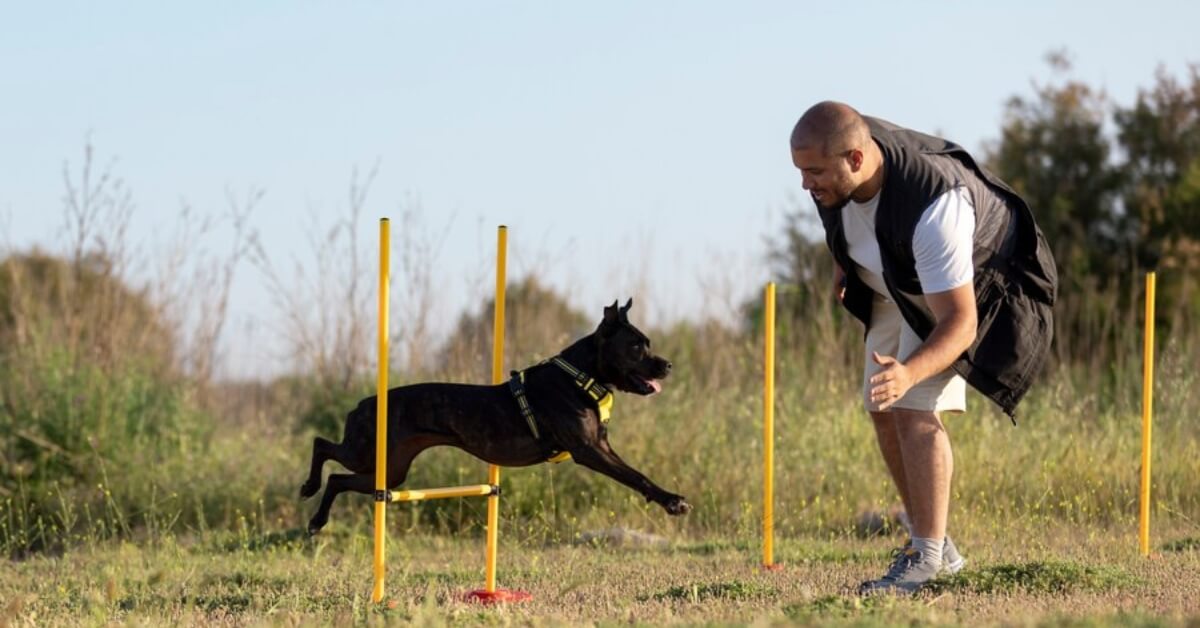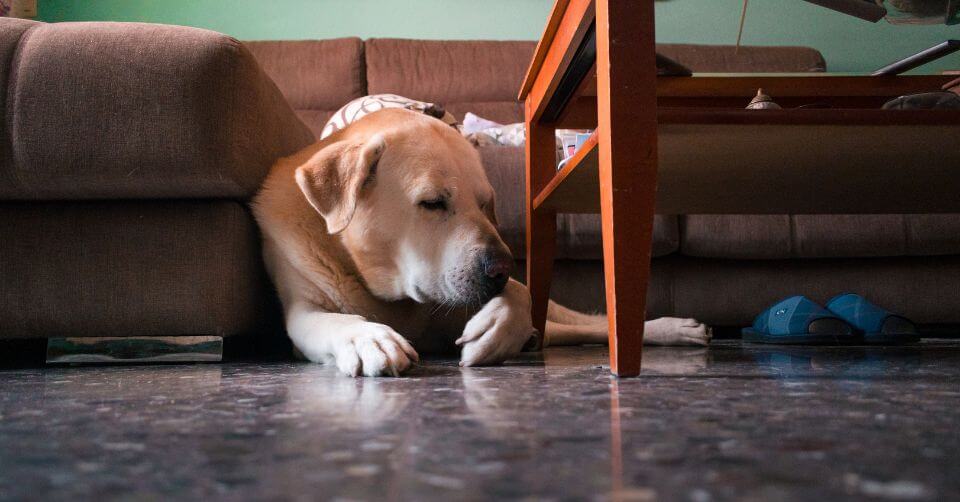
Understanding Your Dog’s Obsessive Paw-Licking Behavior
-
Anxiety and Stress
Just like humans, dogs can suffer from anxiety and stress, and obsessive licking can be a self-soothing mechanism. It is repetitive and can momentarily ease a dog’s nerves, acting as a form of canine stress relief.
-
Boredom or Lack of Stimulation
Dogs are active and social animals. If they do not receive enough physical and mental stimulation, they may resort to obsessive licking as a way to pass the time or seek attention.
-
Allergies and Skin Conditions
One of the most common reasons for obsessive licking is skin irritation, which can stem from various kinds of allergies (food, environmental, etc.) or skin conditions such as dermatitis.
-
Pain and Discomfort
Licking a specific area of the body, especially if it is localized and intense, may indicate that a dog is experiencing pain or discomfort in that area. This could be due to an injury, arthritis, or other medical conditions.
-
Compulsive Behavior
For some dogs, obsessive licking can be a form of compulsive behavior, which is similar to obsessive-compulsive disorders in humans. This might not have a clear trigger and can be more challenging to manage.
-
Seeking Attention
Dogs quickly learn that certain behaviors will get them attention from their humans. If licking – whether it’s their paws, the air, objects, or people – gets them noticed, they might continue this behavior.
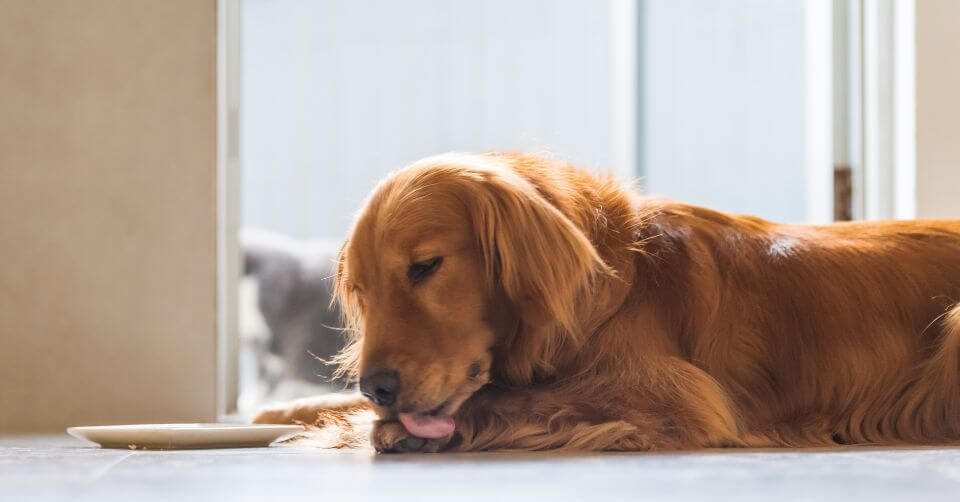
Signs of Obsessive Paw Licking in Your Dog
-
Localized Licking:
If your dog focuses on licking a specific area of its body, especially to the point of redness, rawness, or hair loss, it’s likely that this is more than casual grooming. It can be an indication of underlying pain, allergies, or skin infections.
-
Licking Inanimate Objects, Surfaces, or Air:
Obsessively licking floors, walls, furniture, or even the air – often for long periods of time – is a clear sign of compulsive behavior. This goes beyond the usual exploration that dogs might do with their tongues.
-
Licking That Disrupts Normal Activities:
If your dog’s licking interferes with regular activities such as eating, sleeping, playing, or interacting with family, it’s likely a problem. For example, your dog stopping in the middle of a play session to obsessively lick its paws is abnormal.
-
Licking Until It Causes Harm:
When a dog licks a specific spot so much that it becomes red, swollen, raw, or even bleeds, this is a sign of obsessive licking. This self-inflicted trauma is an urgent concern and requires immediate veterinary attention.
-
Licking When Stressed or Anxious:
If your dog starts licking obsessively during thunderstorms, when unfamiliar people visit, or during other stressful situations, this may be a coping mechanism for anxiety or stress.
-
Repetitive Licking Without Obvious Reason:
If your dog engages in repetitive, rhythmic licking with no apparent trigger, this could be a sign of a compulsive disorder.
-
Ignoring Commands to Stop:
If your dog is so engrossed in licking that it doesn’t respond to commands or distractions, this is a sign of obsessive behavior. They may be so focused on licking that they disregard other stimuli.
-
Seeking Isolation to Lick:
Dogs that start seeking isolation to lick, often hiding under furniture or in another room, may be developing an obsessive-compulsive licking disorder.
-
Licking that is Persistent and Difficult to Interrupt:
If the licking continues despite repeated attempts to interrupt it, and the dog appears almost in a trance while licking, it is likely an obsessive behavior.
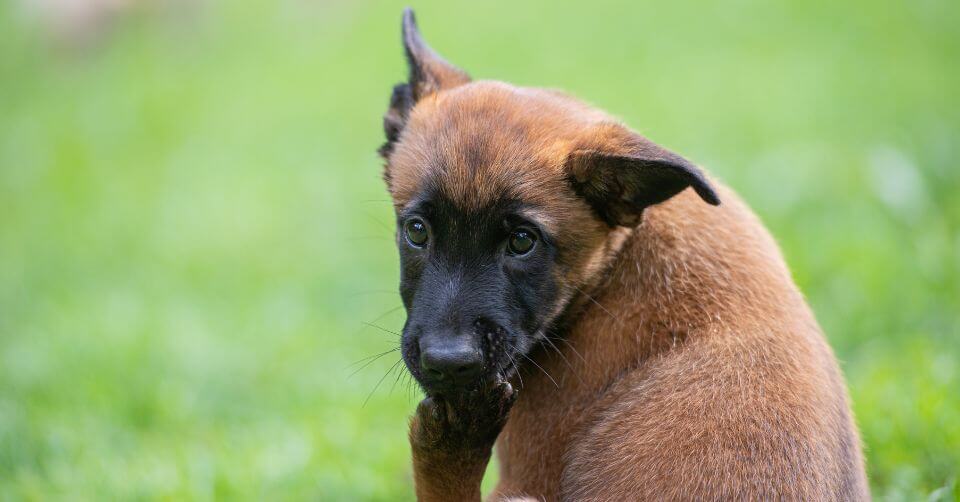
Triggers of Your Dog’s Excessive Paw Licking
-
Medical Conditions:
Skin conditions, allergies, and pain are prominent medical triggers for obsessive licking. For example, a dog with painful arthritis may lick at a joint incessantly. This repetitive behavior can bring a level of comfort, akin to how a human might rub a sore muscle. If the cause of the licking is medical, addressing the underlying condition is essential.
-
Anxiety and Stress:
Dogs may use licking as a soothing mechanism, similar to how humans might use repetitive motions to self-soothe during stress. A dog that is anxious due to a change in its environment, such as a move to a new home or the arrival of a new family member, may start licking obsessively as a coping strategy.
-
Boredom and Lack of Mental Stimulation:
Licking can become a way for an under stimulated dog to pass time. If a dog is left alone for long periods or does not have adequate toys and activities to occupy its mind, it may resort to licking as a form of entertainment and mental stimulation.
-
Behavioral Issues:
Obsessive licking can develop into a form of compulsive disorder. This compulsive behavior can be triggered by a variety of factors but it essentially becomes a habit that is hard for the dog to break, even if the initial trigger is resolved. In these cases, treatment may involve behavior modification techniques and, in some cases, medications.
-
Seeking Attention:
Some dogs learn that licking — either themselves, an object, or a person — gets them attention from their human family members. Even if the attention is negative, like being told off, it is still attention, and that can be a powerful motivator for a dog.
-
Allergies:
Food or environmental allergies can cause discomfort in a dog’s skin, leading them to lick obsessively to try to relieve the itch. The licking, in turn, can exacerbate the problem, leading to a vicious cycle that is hard to break without intervention.
-
Past Trauma or Abuse:
Dogs with a history of trauma or abuse may use licking as a coping mechanism. It can become a ritualistic behavior that provides comfort and an emotional ‘safe space’ in response to triggers that remind them of their past.
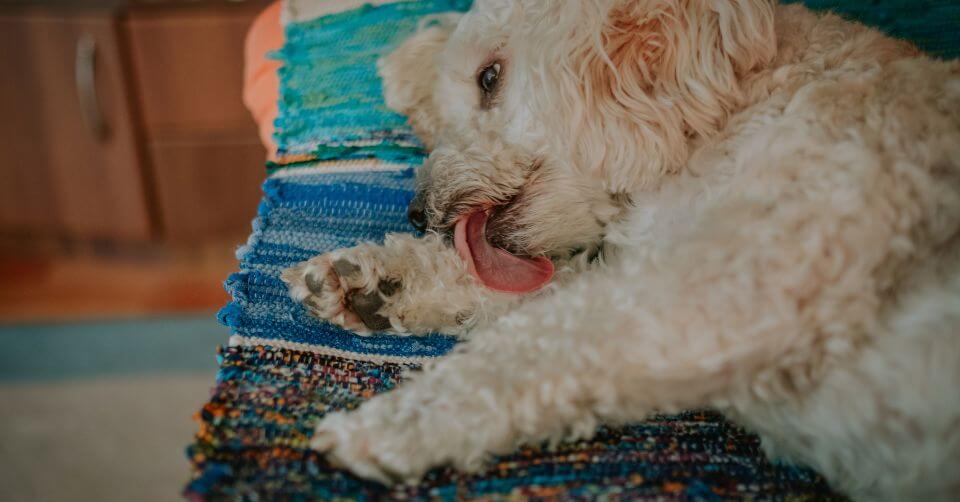
How to Address Your Dog’s Obsessive Paw Licking Behavior: Dos and Don’ts
Do’s
-
Consult a Vet:
It’s like calling Sherlock Holmes to the crime scene. Your vet can help identify the exact cause and suggest the right treatment. If needed, they might recommend allergy tests, skin scrapings, or even blood tests.
-
Monitor Your Dog’s Diet:
If food allergies are a potential trigger, keeping a close eye on your dog’s diet can help you identify problematic foods. Try implementing an elimination diet with the help of your vet to pinpoint the culprits.
-
Keep Those Paws Clean:
Make a habit of cleaning your dog’s paws after walks to eliminate any potential allergens they might have picked up outdoors.
-
Provide Plenty of Mental and Physical Stimulation:
This is crucial, especially if the cause of the paw licking is psychological. Regular exercise and mental stimulation can help reduce anxiety and boredom.
Don’ts
-
Don’t Ignore the Issue:
It’s important to address the problem as soon as you notice it. Ignoring it can lead to hot spots, skin infections, or even behavior problems.
-
Don’t Punish Your Dog:
Punishing your dog for this behavior won’t solve the problem. It can actually make things worse, especially if the licking is due to anxiety or stress.
-
Don’t Try to Diagnose Your Dog Yourself:
While it’s okay to try and identify possible triggers, always consult with a vet before starting any kind of treatment.

Recommended Products to Manage Obsessive Paw-Licking in Dogs
Key Features
| The Thundershirt applies gentle, constant pressure to calm anxiety, fear, and over-excitement. | |
| It’s made of durable, breathable fabric for comfort. | |
| Available in different sizes to suit all breeds. | |
| It’s drug-free and safe to use alongside other treatments. | |
| Easy to put on and remove with adjustable straps. | |
| Machine washable for easy cleaning. |
Pros
| Provides a non-medical solution for anxiety and stress-related behaviors. | |
| Easy to fit on your dog with adjustable fasteners. | |
| Can be used for various situations like thunderstorms, fireworks, separation anxiety, or travel. | |
| Available in various sizes to cater to all dogs. |
Cons
| May not work for all dogs, as some might not respond to pressure-based solutions. | |
| Some dogs might need time to get used to wearing it. | |
| The fabric might be too warm for dogs in hot climates. | |
| It’s only a temporary solution and might not address the root cause of the obsessive behavior. |
Key Features
| Contains apple cider vinegar and green tea extract for their antibacterial and skin-nourishing properties. | |
| Free from sulfates, colorants, and harsh chemicals. | |
| pH balanced specifically for dogs. | |
| It’s designed to cleanse, soothe, and nourish the skin. | |
| Safe to use alongside other treatments. | |
| Made in the USA. |
Pros
| Provides a natural and safe option for treating skin conditions. | |
| The ingredients are gentle on your dog’s skin and coat. | |
| Helps soothe itchiness and irritation that can cause obsessive licking. | |
| It’s cruelty-free and made from eco-friendly sources. |
Cons
| Some dogs might be allergic to the natural ingredients used. | |
| Does not provide instant relief, requires consistent use. | |
| It only addresses the symptoms and not the underlying cause of obsessive licking. | |
| The smell might not be appealing to some dogs or owners. |
Key Features
| Multi-sensory dog toy stimulates sight, smell, hearing, and taste. | |
| Can be filled with various types of treats or meals. | |
| The unique design challenges your dog to get the treats out. | |
| Made of durable material to withstand tough chewers. | |
| Available in different sizes for small to large dogs. | |
| Promotes active feeding and play. |
Pros
| Provides mental and physical stimulation. | |
| Durable enough to withstand strong chewers. | |
| Adjustable opening to fit various sizes of treats. | |
| Promotes slower eating habits, which is beneficial for dogs who eat too quickly. |
Cons
| Some dogs might get frustrated and lose interest if they can’t get the treats out. | |
| The toy can be noisy when your dog plays with it. | |
| Not all treat types or sizes will work with this toy. | |
| The toy might be too big or too heavy for smaller dogs. |
Key Features
| Releases dog-appeasing pheromones into the environment. | |
| Helps to reduce signs of stress and anxiety. | |
| Covers up to 700 square feet. | |
| Non-drug solution and safe to use. | |
| Lasts up to 30 days before needing a refill. | |
| Suitable for any age and breed of dog. |
Pros
| Helps to calm dogs without the use of drugs. | |
| Can be used in conjunction with other anxiety treatments. | |
| Covers a large area for comprehensive effect. | |
| Can show results within a week. |
Cons
| Effects are not immediate; it takes some time to show results. | |
| Some dogs might not respond to pheromone therapy. | |
| Requires continuous use for ongoing benefits. | |
| Pricier than some other anxiety reduction options. |
Key Features
| Contains immune-boosting ingredients like colostrum and apple cider vinegar. | |
| Formulated with probiotics and prebiotics for digestive health. | |
| Includes salmon oil and cod liver oil for skin health. | |
| Free from grain, corn, soy, artificial flavorings and preservatives. | |
| Each bottle contains 90 soft chews. | |
| Made in the USA. |
Pros
| Helps to boost the immune system and combat allergies. | |
| Supports digestive health, which can affect skin health. | |
| Made with natural ingredients, free from harmful additives. | |
| Most dogs enjoy the taste of these chews. |
Cons
| Some dogs might not like the taste. | |
| Might not be effective for all types of allergies. | |
| Dogs with food sensitivities may have adverse reactions to the ingredients. | |
| Continuous use is necessary for sustained benefits. |
Key Features
| Can be filled with treats to provide a fun, engaging challenge. | |
| Made from durable natural rubber suitable for average to heavy chewers. | |
| Promotes healthy teeth and gums through chewing. | |
| Comes in various sizes to accommodate all breeds. | |
| Its erratic bounce makes it ideal for fetch games | |
| Safe to clean in the dishwasher. |
Pros
| Provides both physical and mental stimulation. | |
| Can help reduce boredom, which may decrease obsessive behaviors. | |
| Durable design that withstands heavy use. | |
| Easy to clean and maintain. |
Cons
| Some dogs may quickly learn how to retrieve the treats and lose interest. | |
| Very determined chewers might eventually break it. | |
| It might be too hard for dogs with dental problems. | |
| There’s a risk of choking if your dog manages to bite off a piece. |
Key Features
| Uses a blend of colostrum, l-theanine, and thiamine to promote relaxation. | |
| Works within 30 minutes of consumption. | |
| Effects last up to 4 hours. | |
| Can be used daily or during times of high stress. | |
| It’s chicken liver-flavored for palatability. | |
| Made in the USA. |
Pros
| Quick-acting formula provides relief within 30 minutes. | |
| Made with natural ingredients for safe use. | |
| Can be used daily or during stressful situations. | |
| Most dogs enjoy the chicken liver flavor. |
Cons
| May not be effective for all dogs, especially those with severe anxiety. | |
| Some dogs may not like the taste. | |
| Dogs with dietary restrictions or allergies may not be able to use it. | |
| Effectiveness varies and may not last the full 4 hours in all dogs. |


